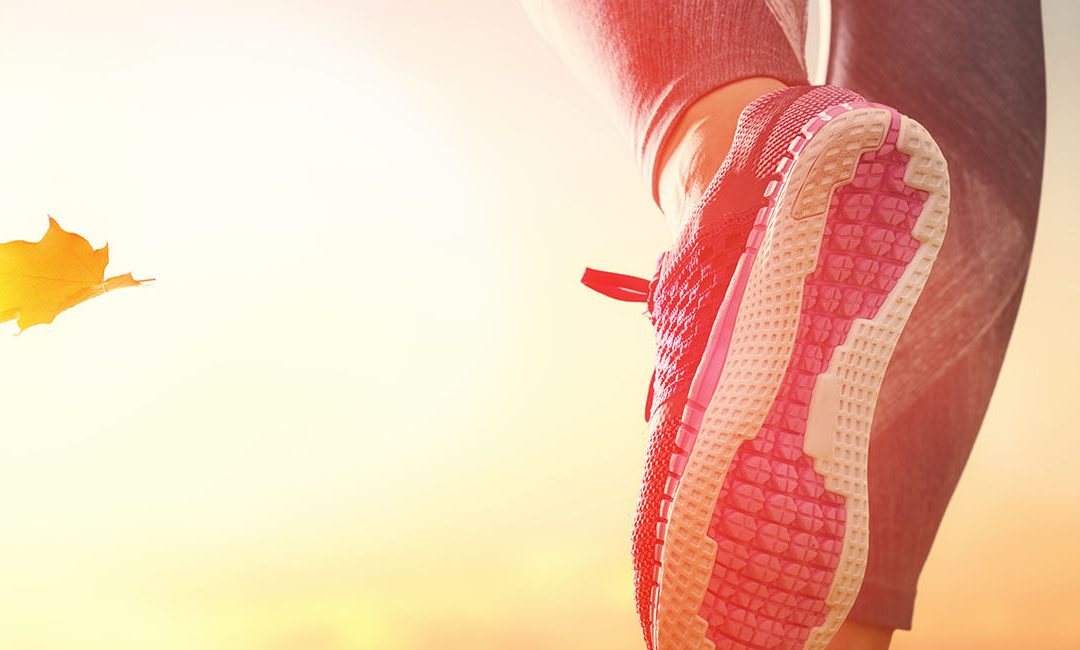Sesamoids are bones that are attached and supported by tendons. They remain embedded in the muscles and provide a smooth gliding surface for the tendons to move above them. Sesamoiditis is an orthopedic condition characterized by inflammation of the tendons near two small-sized sesamoids located in the forefoot. These bones are about the size of a corn kernel and work to support the toes while weight-bearing. Sesamoiditis is a type of Tendinitis and is most commonly seen in runners, baseball catchers as well as ballet dancers.
Causes
- Repeated movements that stress the foot such as dancing, hopping and running
- Presence of a high foot arch
- Sudden increase in the intensity of physical activity
- Bony feet that have less fatty layers are prone to Sesamoiditis Osteochondritis – Disrupted blood supply to the sesamoid bones may lead to their death and consequent deposition of calcium near these bones. This, in turn, leads to tendon inflammation
Symptoms
- Pain at the inner side of the ball of the foot
- Pain sets in gradually and increases if the activity is continued
- Swelling
- Redness
- Bruising
- The big toe joint may feel tender when touched
Diagnosis
- Clinical evaluation of the foot
- The doctor may move the foot in different directions to determine positions that increase the pain
- X-ray examination may reveal the position and status of the bones
- Bone scan may be required in some cases
- MRI test may also be conducted to diagnose bone infection
Treatment
The conservative methods of treatment for Sesamoiditis may include one or more of the following:
- The affected foot should be given sufficient rest and weight-bearing should be avoided
- Use of shoe inserts and pads for added cushioning
- Immobilization of the big toe using taping techniques or removable straps
- Cryotherapy – Application of ice packs at regular interval may help to reduce pain and swelling
- Anti-inflammatory medicines may be prescribed by the orthopedic doctor
- Corticosteroids may be injected into the joint for immediate relief
- Wearing flat sole shoes may be helpful Surgical scraping of the infected tissues
- A part of the sesamoid bone or one of them may be surgically extracted
- A bone graft may be used in case of a fracture in any of the sesamoid bones


